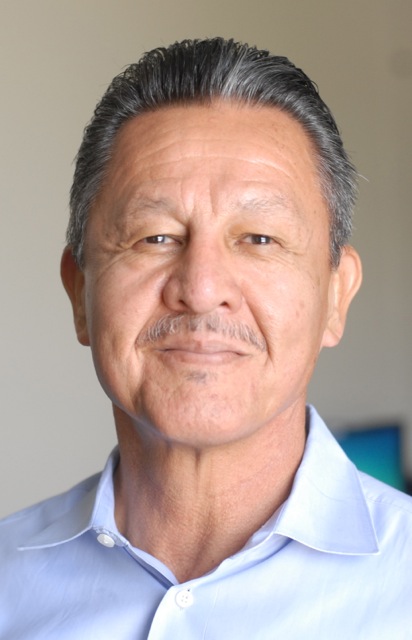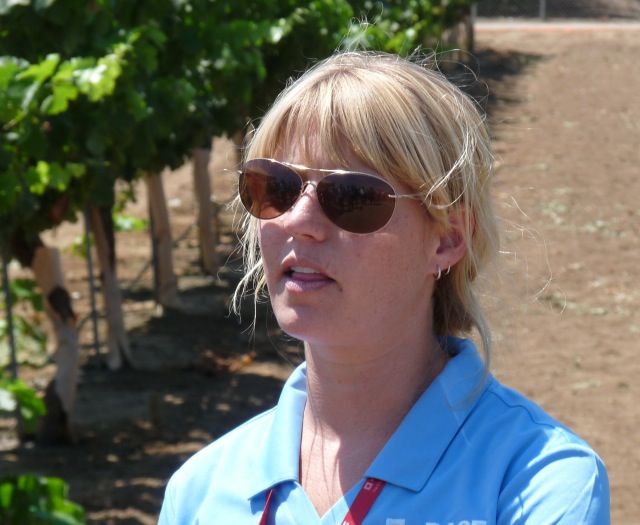Agriculture Detector K-9 on Duty!
Agriculture Detector K-9 on Duty!
By Charmayne Hefley, Associate Editor
[embedvideo id=”Il2TOH1NvOM” website=”youtube”]
California Ag Today’s associate broadcaster Charmayne Hefley recently asked Soya, a mixed-breed agriculture detector K-9 (canine) with big responsibilities, and Samantha Tomlinson, Soya’s handler with the Fresno County Ag Commissioner’s office, what type of dog Soya is.
ST: We don’t know exactly what she is for sure, but we’re thinking about getting her DNA-tested someday. We’re thinking she’s a lab-border-collie.

Samantha Tomlinson, Soya and Charmayne Hefley
CAT: How long have you and Soya been together?
ST: We have been matched up since mid-July when we went through the training program in Georgia through the National Detector Dog Training Center.
CAT: What is Soya able to do for the Ag Commissioner’s office?
ST: Soya smells out parcels for potential plant material and she alerts us [to suspicious ones] by scratching. We check to see if [the material] has been properly certified and if it’s good to go.
CAT: What are some of her recent detections?
ST: She can detect a number of things. She was initially trained on five scents: mango, stone fruit, apple, guava, and citrus. From there, through scent association, she’s been able to find a number of additional agricultural materials, including avocados, blueberries, nuts, soil, cut flowers; anything that is plant material, Soya can find.
CAT: What region does Soya cover?
ST: Right now we’ve been covering only Fresno County because we still are in what we call the “acclimation phase,” as she’s still new. We’ve been working at FedEx and UPS, but we’ll broaden our horizons eventually and we’ll be in the post office, GSO, OnTrac, any service that ships parcels.”
CAT: How important is it for the agricultural industry to have dogs like Soya working for it?
ST: Well Soya and I are considered a “first line of defense” for California’s multi-billion dollar ag industry. She is in the facilities checking boxes sent from potentially quarantined areas from within the state and from outside the state for materials that may contain any pests or diseases that could prove detrimental to California agriculture.
CAT: People may not know when they’re shipping certain items—certain plant materials—from one county to the next that the destination county may have a quarantine in place. How do people properly ship plant material?
ST: Every county is actually different. If you are thinking of shipping some of your backyard fruits to your nephew or grandson, I would contact your local ag commissioner and make sure there are not any quarantines in place for both the county you’re shipping from and the county you’re shipping to. In these facilities, we look for boxes to be properly labeled with the growing origin and we inspect thye contents inside. Depending on what is inside, where it’s grown and where it’s going, we act accordingly.

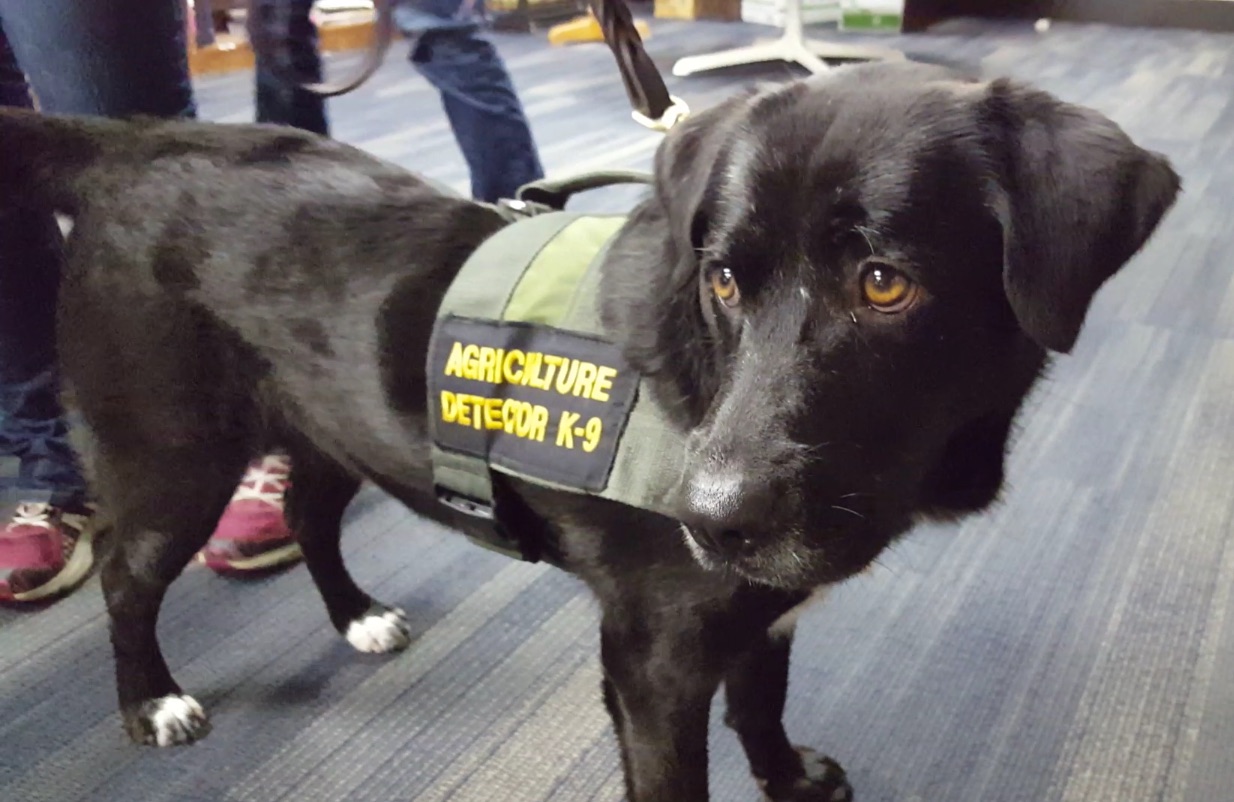
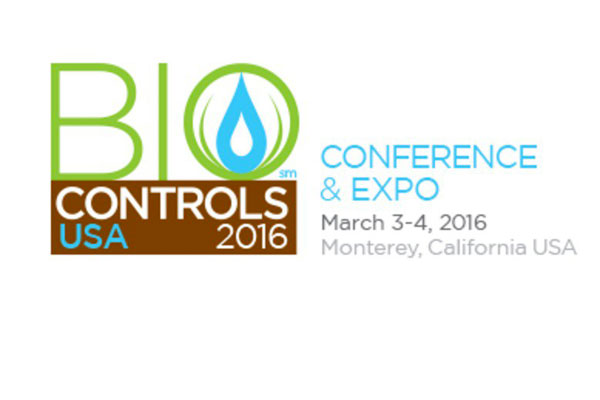
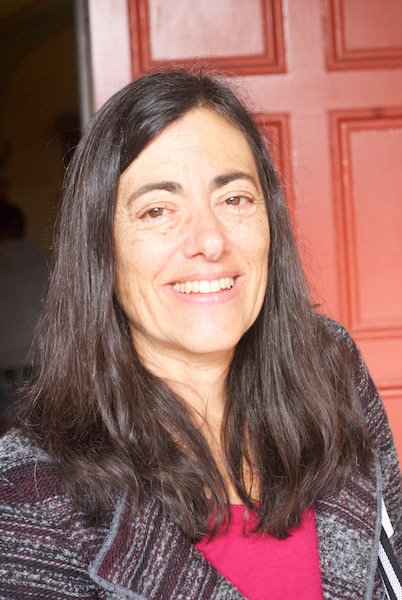





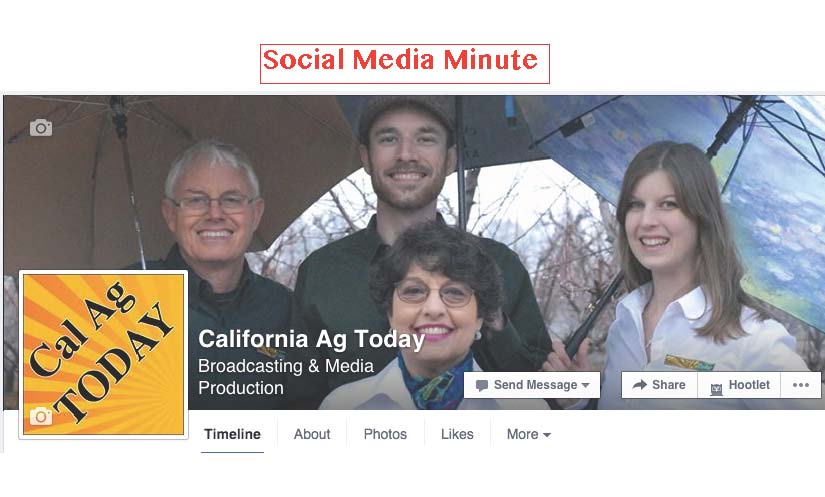








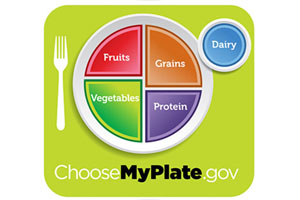
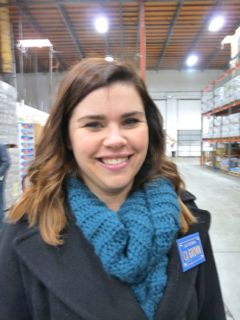
 _____________________________
_____________________________